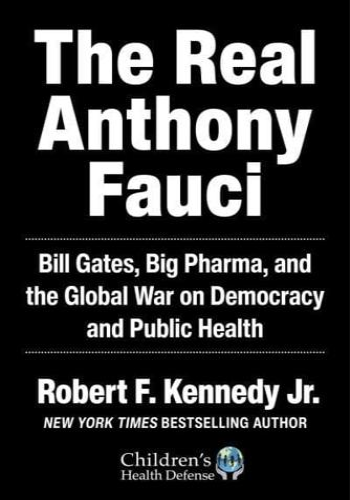Doing Good Better: How Effective Altruism Can Help You Make a Difference is a book written by William MacAskill. In it, MacAskill advocates an evidence-based approach to charity known as Effective Altruism. This approach, he explains, views giving not as an emotion-based, "warm glow" type of activity, but as a rational decision-making process. He focuses much of his book on the implications of taking this approach, detailing why certain giving opportunities could be more effective than others and how donors can best use their resources.
Chapter 1 begins by introducing the concept of Effective Altruism. MacAskill explains that it’s about using evidence and reason to determine how best to tackle global problems. He introduces the ideas of Cost-Effectiveness, emphasizing the importance of looking beyond how much money is being donated, and Impact, which considers how much good a given amount of money can achieve. He also introduces the concept of Open Philanthropy, allowing the reader to begin to think of their philanthropic activity not as a one-time act, but as part of a long-term commitment to effective giving.
In Chapter 2, MacAskill expands his discussion of effective global giving to consider the root causes of the world’s biggest problems. He looks at how these can all be addressed through giving and aims to give the reader a broader understanding of their philanthropic opportunities. He introduces the idea of Meta-Charities, which use donations to fund research into what charities are most effective, and suggests other ways in which donors can get involved in the process, such as volunteering their time at a charity.
In Chapter 3, MacAskill looks at how effective global giving can be applied to specific causes. He discusses the challenges facing specific areas, such as the environment or global health, and identifies particular charities that focus on the topics that donors might be interested in contributing to. He also looks at the importance of donor transparency, and encourages readers to research charities in order to make sure their donations are having the desired effect.
In Chapter 4, MacAskill provides a framework to help readers adjust their giving to reflect their own values, desires, and interests. He discusses the different kinds of giving and philanthropic activities, as well as offering advice on how to make sure their giving is having an impact. He also looks at the movement of effective giving and the importance of talking about philanthropy with the wider community.
In Chapter 5, MacAskill looks at the bigger picture, explaining how effective giving can play an important role in addressing global issues. He talks about how to extend effective giving’s reach to make a difference on a larger scale, from influencing policy to supporting advocacy and research. He also points out the importance of self-reflection and encourages readers to take a long-term view in terms of their giving.
In the Epilogue of Doing Good Better, MacAskill provides inspirational stories of people who have taken up the cause of effective giving and made a real difference in the world. He also talks about how effective altruism can be used to create connections between people and build stronger communities. Finally, he offers readers a road map for the future, encouraging them to take ownership over their own actions and to use their resources and skills to make a lasting impact.







